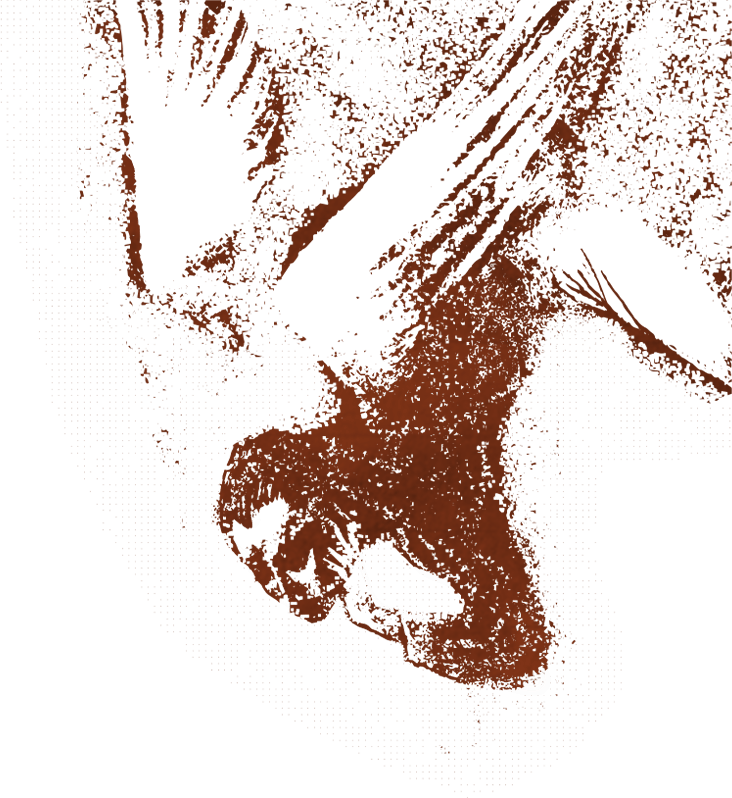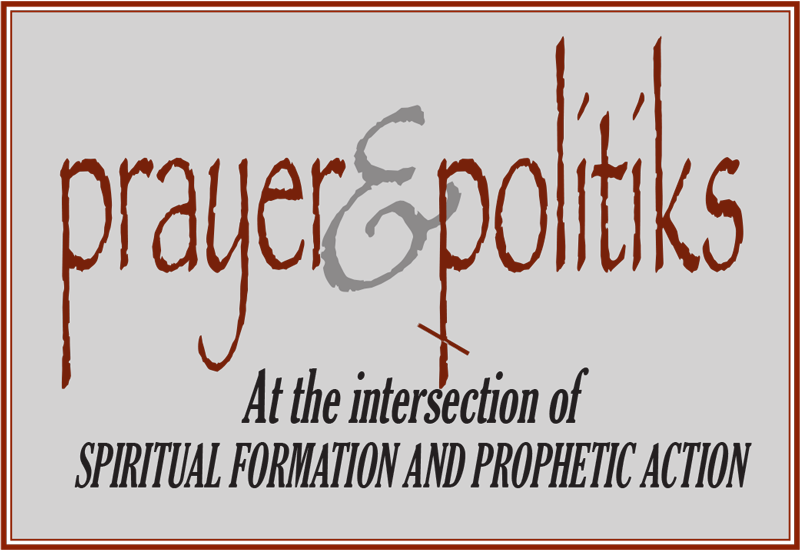By Stan Hastey
Cuba stands at a crossroads unlike any other in the 59 years since a rebel army headed by Fidel Castro and his younger brother, Raul, defeated the supposedly far superior armed forces under the command of Fulgencio Batista. Batista, the last in a series of corrupt and repressive Cuban presidents backed and kept in power by the United States for the previous half century, fled the island nation as three columns of rebel soldiers bore down on Havana during Christmas week 1958. Declaring victory on New Year’s Day 1959, the three commanding officers—Raul Castro, Ernesto 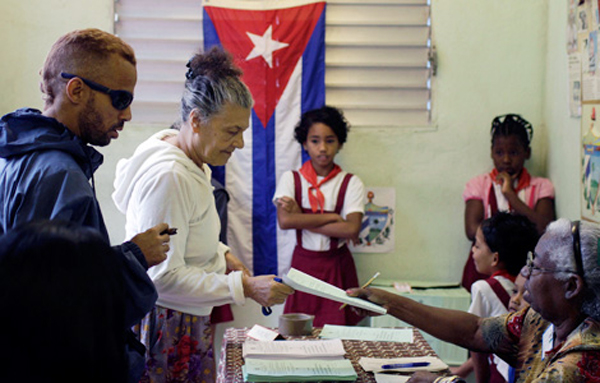 (Che) Guevara, and Camilo Cienfuegos—welcomed Fidel to Havana one week later, where the charismatic leader formally declared victory before a massive crowd of supporters convinced that a new day had dawned on the economically and educationally deprived nation.
(Che) Guevara, and Camilo Cienfuegos—welcomed Fidel to Havana one week later, where the charismatic leader formally declared victory before a massive crowd of supporters convinced that a new day had dawned on the economically and educationally deprived nation.
Right: Cubans voting in precinct elections, November 2018.
Among the undeniably significant achievements of the Castro brothers’ revolution have been the virtual elimination of illiteracy by means of a system of public education funded and overseen by the government from kindergarten through university graduate studies and a public health system premised on prevention that boasts a lower infant mortality rate than that of the United States. These are measurable successes.
Yet another and overriding factor, this one immeasurable, has kept the Castro regime in power for the past two generations, namely, a fiercely held sense of nationalism that has persevered against all efforts by the U.S. to secure its demise. These include dozens, if not hundreds, of attempts by the Central Intelligence Agency to assassinate Fidel Castro and one failed invasion of Cuba undertaken by CIA-backed Cuban Americans at the aptly named Bay of Pigs.
Toward the end of a long battle with an undisclosed gastrointestinal disorder, Fidel Castro in 2008 conferred power as head of state onto his brother Raul, who then was ratified as president by Cuba’s unicameral legislative body, the National Assembly of People’s Power. Nearly five years younger than his more celebrated brother, Raul announced last November that he will step down on April 19, 2018.
On the most recent of my more than 30 visits to Cuba over the past 25 years, I sensed a restlessness in friends of long standing who over time have offered the benefit of their perspectives on their nation to this eager observer. Some 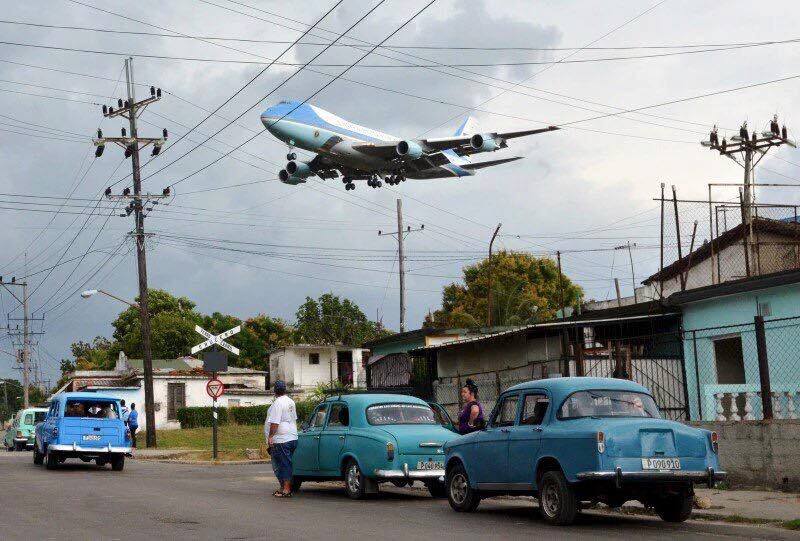 of these have been openly supportive of the “revolutionary project.” Others have been either privately or publicly critical of the “excesses” of the Revolution. Most have verbalized both satisfaction and criticism, a not uncommon assessment of the state of their country. Their current unease has to do with uncertainty over the political future of Cuba, and specifically over the identity of Raul’s successor.
of these have been openly supportive of the “revolutionary project.” Others have been either privately or publicly critical of the “excesses” of the Revolution. Most have verbalized both satisfaction and criticism, a not uncommon assessment of the state of their country. Their current unease has to do with uncertainty over the political future of Cuba, and specifically over the identity of Raul’s successor.
Left: US President Barack Obama arriving on Air Force One at the Jose Marti International Airport in Havana, 17 March 2016. Photo by Jose Luis Casal.
What is known is that Cuba’s next president will be a communist who will not be popularly elected by citizens at large. As in Raul Castro’s selection to succeed his brother, the National Assembly will select the younger Castro brother’s successor. That alone will be a more than sufficient reason for the Trump administration to maintain a hard line on U.S.-Cuba relations. Although this is a story unto itself, here in brief is what this harder line is about.
In December 2014, former President Barack Obama and Cuba’s President Raul Castro announced jointly a series of major changes in bilateral policies, the most significant and visible of which was the normalization of diplomatic relations between the countries. This was a dramatic reversal of the longstanding enmity between the two, dating to 1961 and President John F. Kennedy’s executive order severing relations. For the first time in six decades, the United States flag was to fly at a newly reopened U.S. embassy in Havana, while the Cuban flag was to go up at Cuba’s embassy in Washington.
Sometimes referred to as “the Cuban thaw,” the new agreement was formalized on July 20, 2015, with the implementation of the joint Castro-Obama declaration. Besides renewing diplomatic relations, most travel restrictions were lifted on U.S. citizens’ travel to Cuba, the prohibition of remittances from the U.S. to Cuban banks was suspended, and some commercial restrictions were likewise ended.
But relations reverted to nearly-Cold War status on June 16, 2017, scarcely five months into the administration of Donald Trump, when the newly inaugurated president issued an executive order of his own reinstating most travel restrictions and suspending commercial liberalization. Most of our diplomats at the U.S. embassy in Havana were 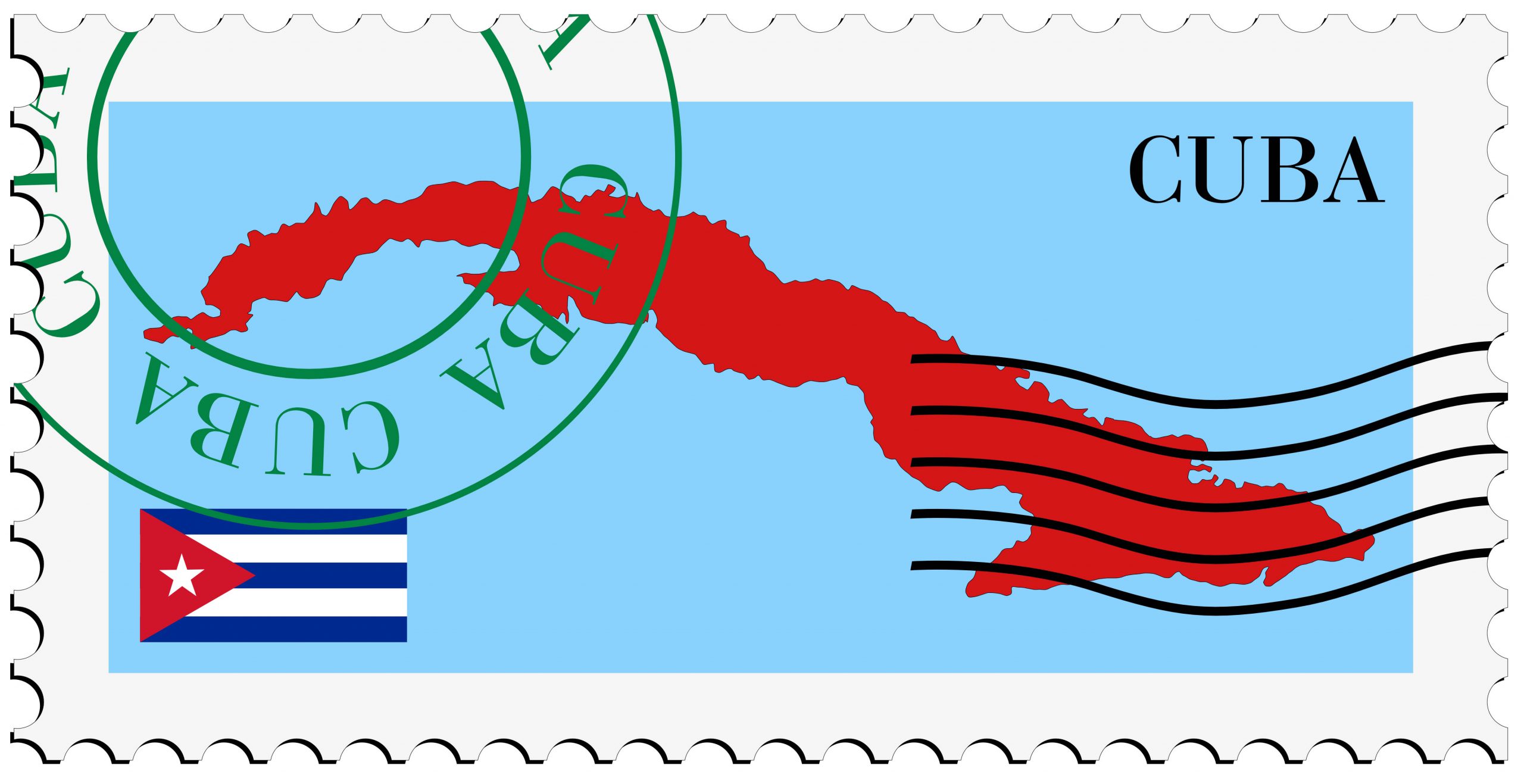 recalled, and Trump ordered the expulsion of most of the Cuban diplomatic corps in Washington. Yet Trump chose not to break off diplomatic relations outright, an omission that did not go down well with wealthy Cuban American supporters, especially in south Florida, who accused him of failing to fulfill a more dramatic course of action promised them during the 2016 election campaign.
recalled, and Trump ordered the expulsion of most of the Cuban diplomatic corps in Washington. Yet Trump chose not to break off diplomatic relations outright, an omission that did not go down well with wealthy Cuban American supporters, especially in south Florida, who accused him of failing to fulfill a more dramatic course of action promised them during the 2016 election campaign.
During my most recent trip to Cuba in January, close friends there told me bluntly they don’t know what to expect with Raul Castro’s imminent retirement. Empathizing with their plight, I told them that in a very real sense many of us U.S. citizens feel the same way about our future under a Trump administration. In a way we reflect their uncertainty, albeit with significant variations. What is indisputable is that whomever the Cuban parliament selects as Cuba’s new president following nearly six decades during which the name Castro has followed the word “President,” bilateral relations between the United States and Cuba are newly imperiled for the foreseeable future.
Still, this new reality does not get those of us who seek a new day in U.S.-Cuba relations off the hook. Led by groups such as the Latin America Working Group in Washington, an Alliance of Baptists partner organization, we will continue to seek a more fulsome and healthy future. We’ll continue to press for the lifting of restrictions on our travel to 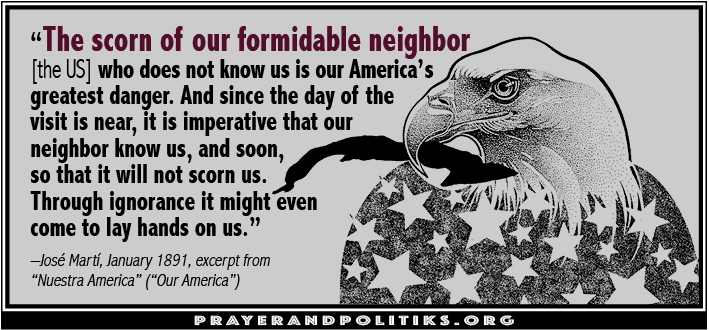 Cuba. We’ll lobby our government to restore the U.S. embassy in Havana to a full complement of consular officers so that Cubans wishing to travel to the U.S. will have at least an even chance of doing so. We’ll continue to demand that the Trump administration allow the Cuban embassy on 16th Street in Washington to be fully staffed in order to provide the full range of services that countries with normal diplomatic relations are supposed to provide to citizens of both countries.
Cuba. We’ll lobby our government to restore the U.S. embassy in Havana to a full complement of consular officers so that Cubans wishing to travel to the U.S. will have at least an even chance of doing so. We’ll continue to demand that the Trump administration allow the Cuban embassy on 16th Street in Washington to be fully staffed in order to provide the full range of services that countries with normal diplomatic relations are supposed to provide to citizens of both countries.
Finally and hardest of all, we need to bring unrelenting pressure on members of Congress to repeal the infamous Helms-Burton Act of 1996 making our economic embargo a matter of public law – understandably labeled a “blockade” by Cuba. That law, we need to remember, was enacted in the white-heat reaction of Congress to the shooting down of two small planes over international waters just off the Cuban coast. The government of Fidel Castro had warned the U.S. repeatedly that it would take such action unless the planes, owned and operated by an incorrigible group of fiercely anti-Castro Cuban Americans in Miami called “Brothers to the Rescue,” ceased and desisted from flying over Havana and other Cuban towns and cities dropping anti-Castro leaflets upon them. In fact, shortly before they were shot down on that fateful day, one of the two apparently had wandered into Cuba’s air space.
Both houses of Congress acted swiftly and decisively. In the Senate, the vote to formalize the embargo – until then 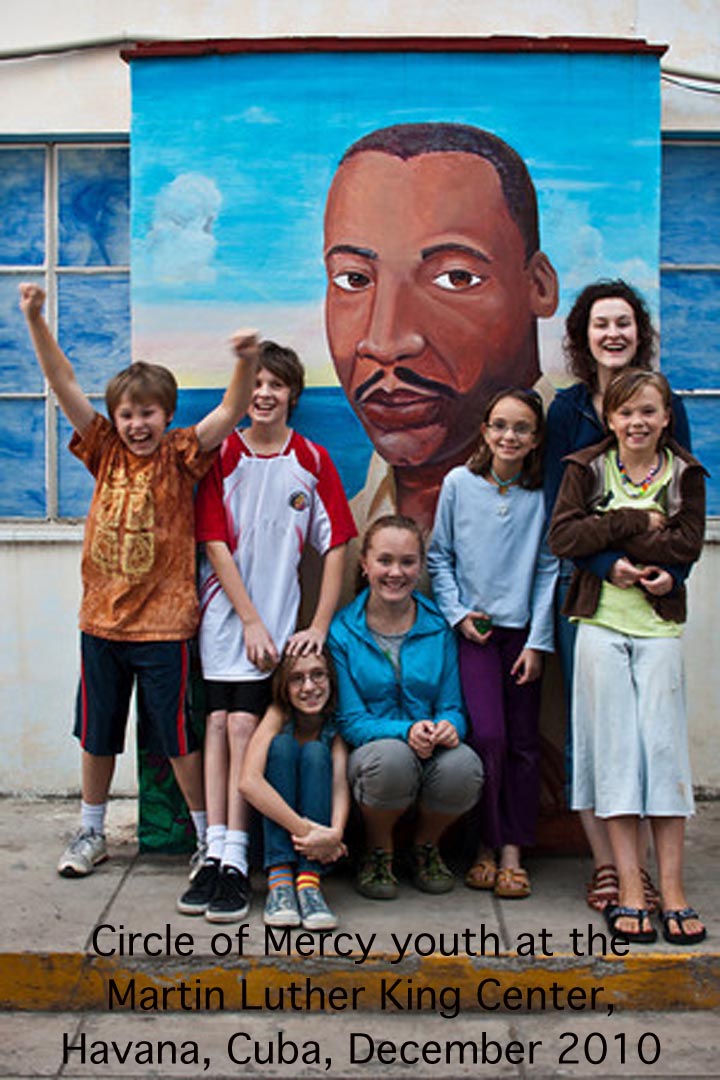 enforced by a long succession of presidential executive orders – was 96-4. President Bill Clinton signed Helms-Burton, which now can be brought down only by congressional action and the signature of another U.S. president. This is a tall order, to be sure, especially in the Trump era, fraught as it is with foreign policy crises spanning the globe.
enforced by a long succession of presidential executive orders – was 96-4. President Bill Clinton signed Helms-Burton, which now can be brought down only by congressional action and the signature of another U.S. president. This is a tall order, to be sure, especially in the Trump era, fraught as it is with foreign policy crises spanning the globe.
Yet this is a winnable fight. Many Republican governors, especially those in states whose commerce is dominated by agriculture, long ago joined the battle to liberalize trade relations with Havana. Such interests include, for example, the US Rice Producers Association representing producers of rice in six states. For years Cuba has imported about two-thirds of the rice consumed on the island from Vietnam and China. The rice producers want in on that market. They envision shiploads of rice going from Mobile, Ala., to Havana (not coincidentally, Mobile and Havana are sister cities); from Miami to Matanzas, Cuba; from New Orleans to Santiago de Cuba. And rice is but one example, as wheat- and corn-producing states in our Midwest likewise seek access to the Cuban market.
Along with an impressive range of religious bodies, colleges and universities, and a host of other interested parties, we belong to a strong and growing lobbying effort in Washington seeking fundamental changes in U.S.-Cuba relations. Although we’ve all joined the fray from different perspectives, our mutual objective is clear. We seek a radically new approach in U.S. relations with Cuba, a small nation we have exploited in every way imaginable for far too long.
# # #
